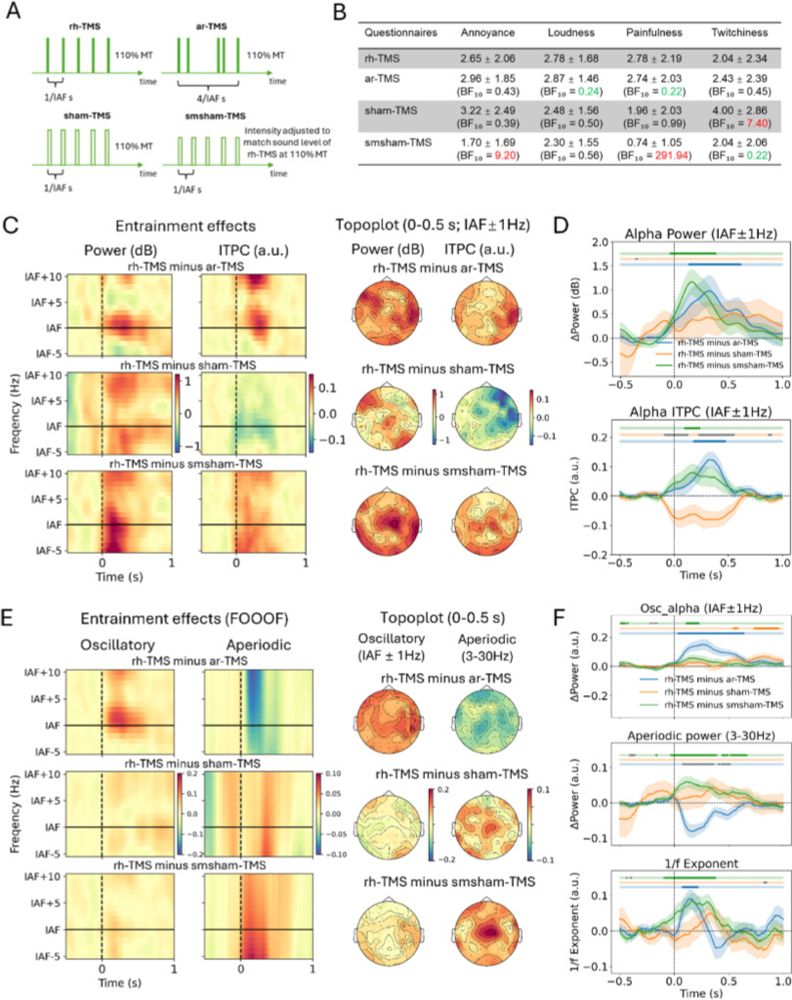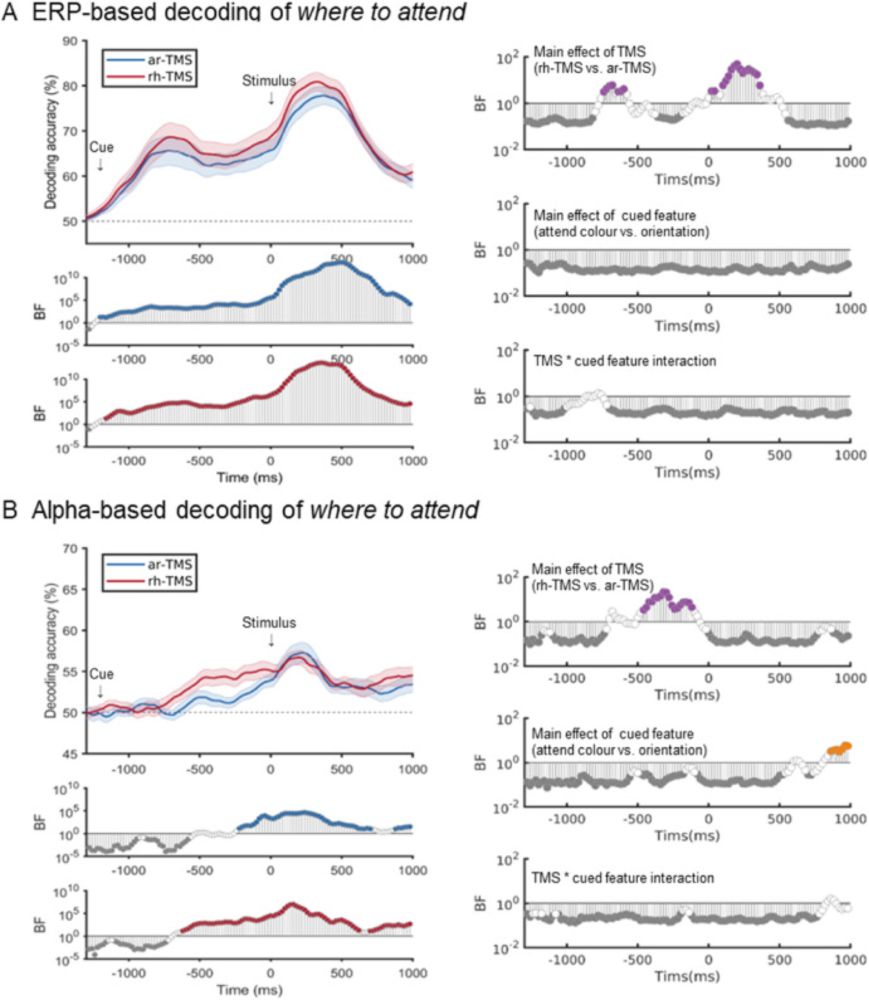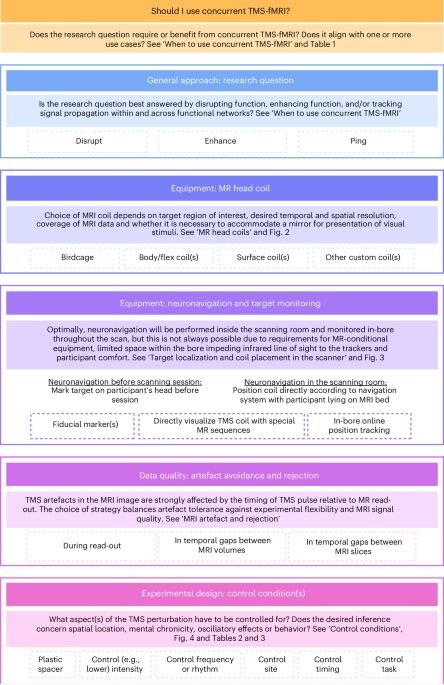Prof. Alex Woolgar
@alexwoolgar.bsky.social
2.8K followers
240 following
35 posts
Cognitive neuroscientist at Cambridge University: neuroimaging, attention, cognitive control and autism
Posts
Media
Videos
Starter Packs
Runhao Lu
@runhaolu.bsky.social
· Jul 8

Optimizing control conditions for entraining neural oscillations using rhythmic TMS
Rhythmic transcranial magnetic stimulation (rh-TMS) is increasingly used to entrain
neural oscillations and probe their causal roles in cognition [1-3]. By delivering
pulse trains at specific frequenc...
www.brainstimjrnl.com
Nature Protocols
@natprot.nature.com
· Jun 24

Consensus guidelines for the use of concurrent TMS-fMRI in cognitive and clinical neuroscience
Nature Protocols, Published online: 24 June 2025; doi:10.1038/s41596-025-01182-4We present best practice guidelines for the use of concurrent TMS-fMRI, experimental design, technical requirements and data interpretation, illustrated via 12 use cases.
bit.ly
Reposted by Prof. Alex Woolgar
Gabriel Winant
@gabrielwinant.bsky.social
· Mar 10
Reposted by Prof. Alex Woolgar
Aidan Horner
@aidanhorner.bsky.social
· Mar 11
Runhao Lu
@runhaolu.bsky.social
· Jan 9

Parietal alpha stimulation causally enhances attentional information coding in evoked and oscillatory activity
Selective attention is a fundamental cognitive mechanism that allows people to prioritise task-relevant information while ignoring irrelevant information. Previous research has suggested key roles of parietal event-related potentials (ERPs) and alpha oscillatory responses in attention tasks. However, the informational content of these signals is less clear, and their causal effects on the coding of multiple task elements are yet unresolved.
www.brainstimjrnl.com
Reposted by Prof. Alex Woolgar
Reposted by Prof. Alex Woolgar









